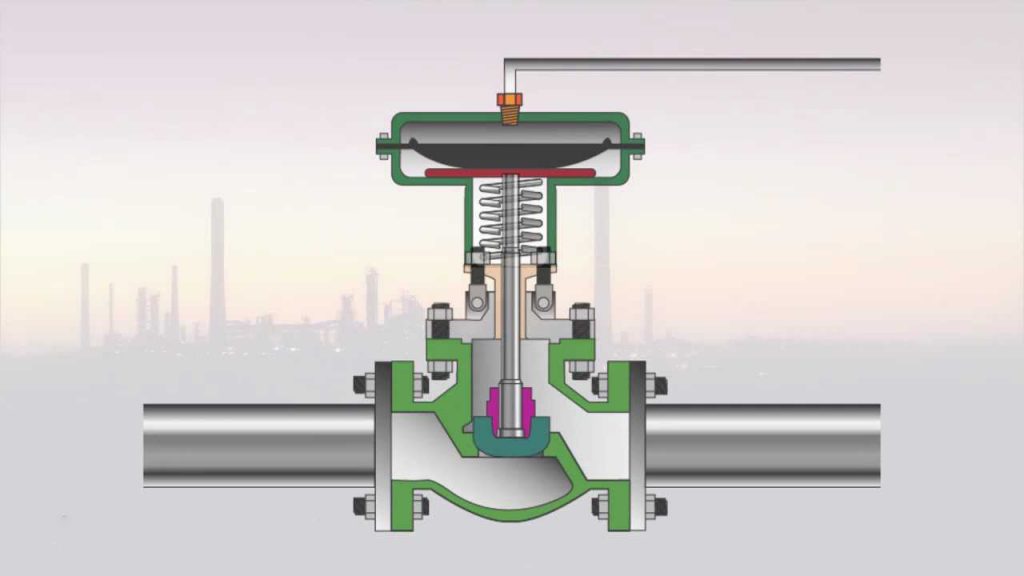During vendor bids evaluation of the valve package, usually we will face the problem of material review from the Vendor offer.
Let’s say we require a valve with A182 F53 Duplex stainless steel trim material, but the Vendor offer different material such as A182 F51 Duplex stainless steel.
To accept or not this Vendor offer will be a problematic issue for an instrument engineer. In this case, just contact the material engineer and ask them whether vendor offer is acceptable or not.
However, as a general guideline, the following table could be used just to compare the superiority of one material to other material. Use the table with below notes as a general guideline.
Notes:
Alloys containing chromium get their corrosion resistance from a passive oxide layer on their surface, which acts as a barrier to further oxidation or corrosion.
Corrosion resistance can also be enhanced by increasing the amount of nickel.
PREN (Pitting Resistance Equivalent Number), developed to reflect and predict the pitting resistance of a corrosion resistance alloy, based upon the proportions of Cr, Mo, W and N in the chemical composition of the alloy. Higher value of PREN provides higher pitting corrosion resistance. (Refer to NACE MR 01751).
Tensile strength & Yield strength is useful to compare the material in term of the strength and ductility of the material.
Tensile strength is the maximum stress that a material can withstand while being stretched or pulled before failing or breaking.
Yield strength is the stress a material can withstand without permanent deformation.
Precipitation hardening, also called age hardening, is a heat treatment technique used to increase the yield strength of malleable materials, including most structural alloys of aluminium, magnesium, nickel, titanium, and some stainless steels.
Valve Materials Comparison



